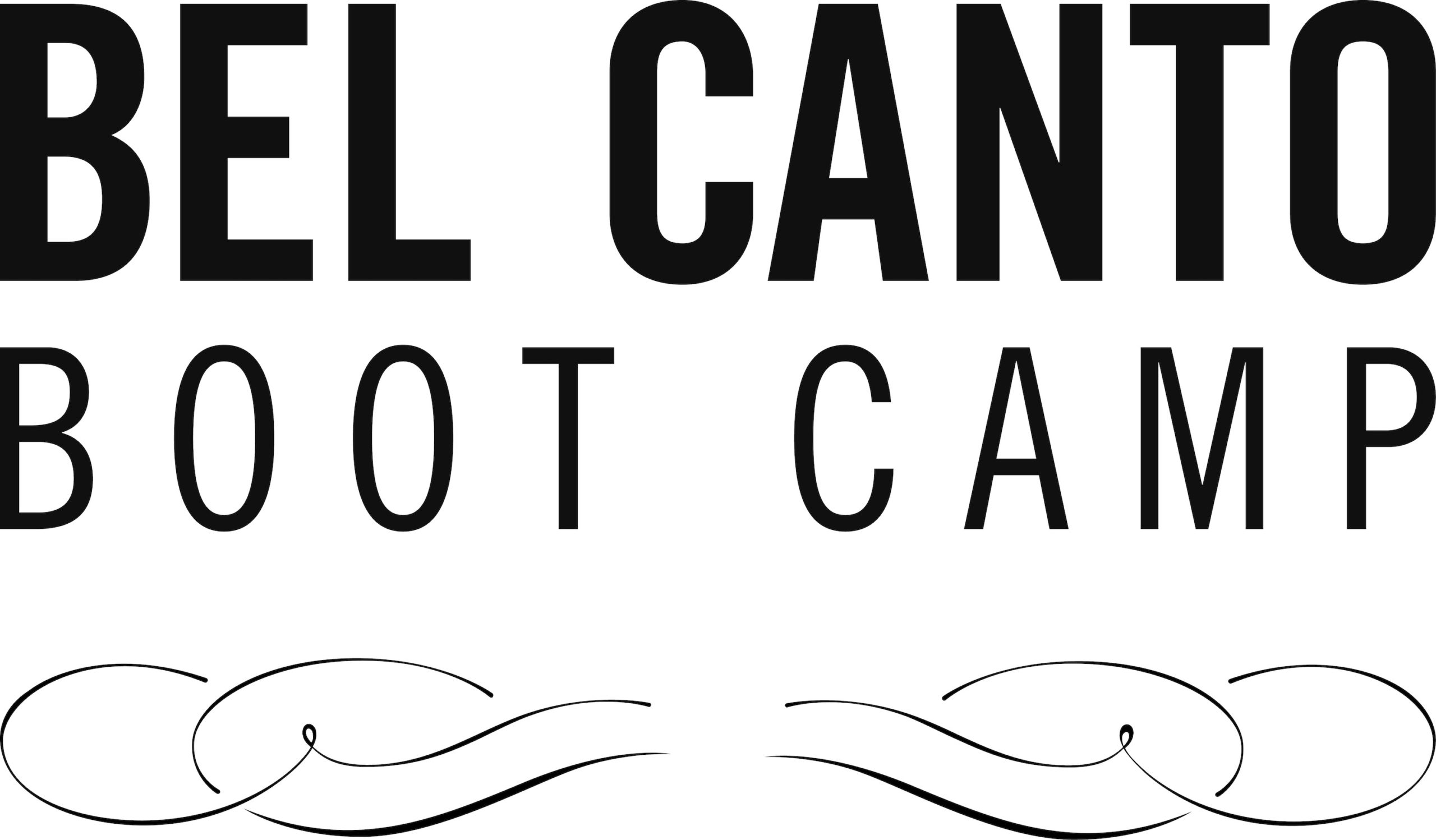Now that we are again working our way through Vaccai’s Metodo Pratico di Canto, this is a good time to ask the question, “Who was Nicola Vaccai?†If you had never heard his name before or only heard it in connection with his vocal method book, you are in good company. His many operas, liturgical works, and salon pieces are not well known. Other than Giulietta e Romeo very little of his music was published during his lifetime or heard outside Italy.
Nicola Vaccai bas born in Tolentino in 1790 into a family of doctors, but his first interest was in poetry. He composed poetry and even plays in verse before he began studying law, during which time he found his true calling in music. He first studied with Giuseppe Janacconi (who was later maestro di cappella at St Peter’s) and then studied composition with Paisiello in Naples. There he wrote liturgical pieces and insertion arias for opera revivals in the Neapolitan theaters. He wrote many operas, most of which were unsuccessful.
In Venice, he found himself in demand as a teacher to the students of the wealthy patrons. A few years later he finally found some success as a composer with Pietro il grande (Parma,1824), Zadig ed Astartea (Naples, 1824) and Giulietta e Romeo (Milan, 1825). Bellini’s opera on the same subject supplanted Vaccai’s but many productions substituted Vaccai’s final scene for Bellini’s. (That practice was so common that many scores of Bellini’s opera included Vaccai’s final scene in the appendix!)
As his prospects as a composer diminished, Vaccai pursued his career as a voice teacher in earnest, first in Paris and then in London where he published his famous method book in 1832. He then returned to Italy where he was for a time head of the conservatory in Venice and then retired to manage his father’s estate.
There is not much written about Vaccai in English, which is a shame. There is one biography in Italian written by his son, Giulio. La vita di Nicola Vaccai scritta dal figlio Giulio con prefazione del professore A. Biaggi (Bologna, 1882). It is fortunately available online: https://archive.org/details/vitadinicolavacc00vacc
As for his music, other than the final scene from Giulietta e Romeo (which I discussed as we looked at Hillary Porriss’s Changing the Score), there are only a few other items available at imslp.org. New Grove lists some other works including salon pieces which as far as I can tell were never published. (I will keep looking.) So, if anyone has more information, I would love to include it. In the meantime, here are a few pieces that I was able to find easily along with clips from performances.
“Sorte avversa!†Duet for soprano and contralto from Giovanna d’Arco.
(Note: the two videos are student performances, curiously both from 2014.)
https://imslp.org/wiki/Giovanna_d’Arco_(Vaccai%2C_Nicola)
Aria and duet (final scene) from Giulietta e Romeo
https://imslp.org/wiki/Giulietta_e_Romeo_(Vaccai%2C_Nicola)
There are complete recordings of the opera available (including on youtube), and I already posted clips of the final scene when discussing Changing the Score, but in the interest of encouraging mezzo BootCampers to pick up this aria, here is a recording of Romeo’s Cavatina. It is beautiful music and sung with good bel canto style (and the application of the ornamentation skills we’re learning) this would be a great recital piece!
